The annual Kansas City Auto Show is as much of a great tradition for local auto enthusiasts as it is a one-stop sampling of local dealer offerings for potential new-car buyers. Not nearly as large and loud as the bigger international car shows, it’s the perfect size and layout for viewing a lot of cars in a little time. It’s also a great chance to get a glimpse of how the car industry is changing and to see which manufacturers are driving the industry forward.
Internal Combustion Engines are Still Here—For Now
Walking Bartle Hall in downtown Kansas City, there’s a strong feeling that things may look familiar, but they’re evolving rapidly. If you haven’t been closely following all the changes, it’s not until you start looking at car and truck specifications that you start to realize just how much things are changing.
Yes, for all the petrol heads, there are still plenty of gas- and diesel-powered vehicles to choose from. And while we’re in the middle of one of the greatest horsepower wars in automotive history, we’re also at the stage where we’re seeing some incredible advancements in efficiency.
If you still want a big-displacement, naturally-aspirated engine to haul yourself around in, they’re certainly still available. The new mid-engined 2020 Corvette C8, for instance, puts out a thunderous 495 hp and 470 lb-ft of torque from its 6.2-liter V8, yet it’s able to get upwards of 27 MPG. While that’s not going to save the planet, it’s still impressive.
In more everyday vehicles, there are still a few holdouts who are displaying great feats of engineering with naturally-aspirated gas-powered engines that manage rather respectable fuel economy. Toyota is one of the few manufactures that hasn’t made the move to any turbo technology, yet is still able to make engines that perform well on the road and at the pumps.
Mazda is slowly transitioning to turbo-enhanced engines, but their SKYACTIV-G 4-cylinder engine in the Mazda3 puts out a respectable 186 hp/186 lb-ft and returns an impressive 35 MPG in the process. It’s high-compression engine (14.0:1) equates to a 15% improvement in both fuel efficiency and torque without any turbochargers. That’s impressive.

Despite the few big-engine horsepower monsters on display, there’s an obvious trend moving away from “There’s no replacement for displacement.” Turbo and hybrid technology continue to advance with all-electric choices also growing in availability.
Hybrids for High-Performance?
For commuters who want maximum efficiency without the worry of all-electric range cutting their trips short, there’s no shortage of hybrid sedans available from most manufacturers. And unlike some hybrids of the past, they don’t stand out with odd exterior designs. In fact, it’s now hard to find an auto manufacturer who doesn’t offer a hybrid vehicle.
The beauty of hybrid technology goes beyond just saving the earth. Auto enthusiasts have been able to rejoice that there’s no shortage of performance options available. Super exotics such as the McLaren P1 and Porsche 918 woke everyone up to the fact that insane levels of performance aren’t going anywhere soon. However, the prices and limited production of those put them out of reach for most people, but cars like the Acura NSX to combine a turbocharged V6 engine with electric motors for grin-inducing performance numbers at prices much closer to reality for the select few in the market for near-supercar levels of performance.

Electric Vehicles Are Charging Into the Future
Although we’re not quite there yet, it’s obvious to anyone who’s been paying attention that alternative power sources are the way of the future, and electric vehicles are probably the trend we should all be prepared for. And from what we’re seeing, there’s no reason not to be excited about that.
The list of all-electric choices is constantly growing, and although Tesla is ahead of the game so far, the options from other manufactures are growing in both variety and quality.
Small families or individuals who want to be economical in their choice of vehicles while doing what they can to eliminate emissions have a good selection of choices, and the Nissan Leaf manages to balance a good price point (starting at $31,600) with range options from 150 to 225 miles, all in a nicely-sized commuter car that looks good.
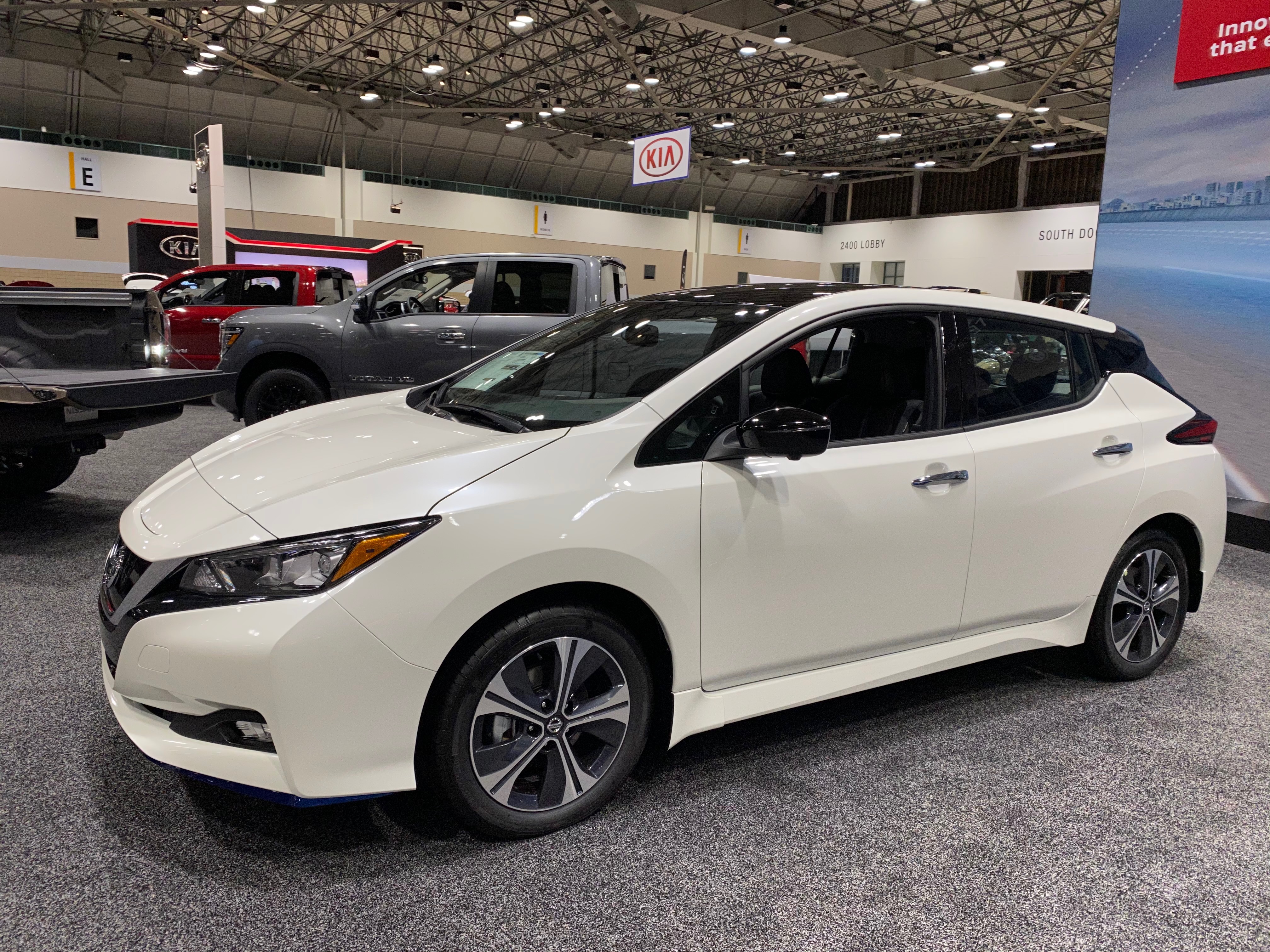
Do you have a family to haul around, but have luxury taste? Or simply just enjoying driving an SUV? The Jaguar I-PACE is an impressive choice that not only offers the quality and performance you’d expect from Jaguar, it also delivers an impressive 234 miles of range. It doesn’t hurt that it’s also an incredibly good-looking vehicle whether you’re an SUV fan or not.
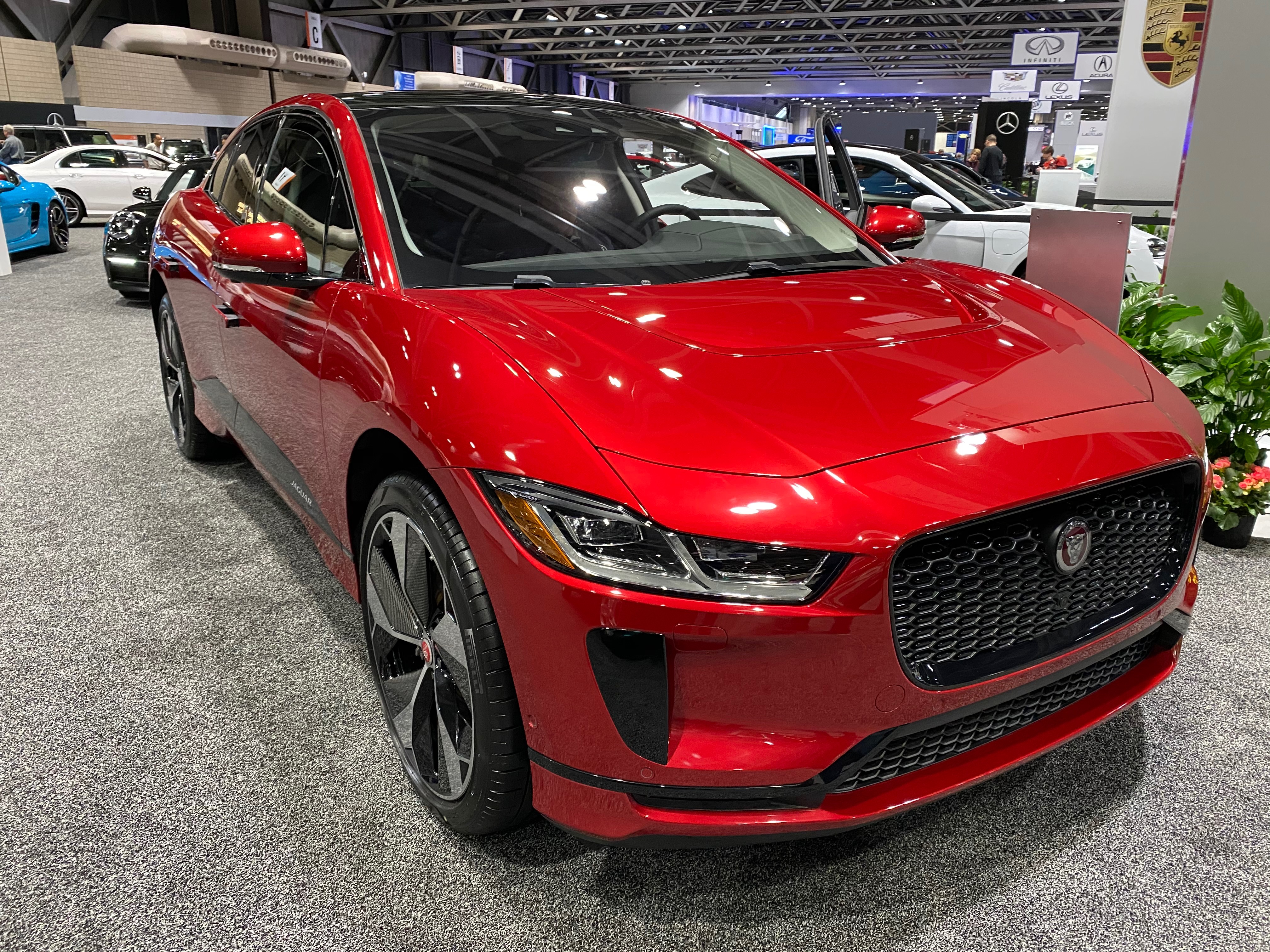
What if you prefer a sedan and demand premium luxury plus blistering performance? Porsche has your answer, but bring a strong bank account. Starting at nearly $104,000 base and easily reaching well over $200,000 for a few key options on a Turbo S model, it isn’t for those on a tight budget. Although the range of the
Porsche Taycan isn’t quite up to par with others, the power ratings ranging from 522 hp to 750 hp make us happy the car even exists. Handling is reported to be exactly what you’d expect from a Porsche with insane performance capabilities for a vehicle of its weight and size. The future's looking bright for all of us when manufacturers go to these lengths.
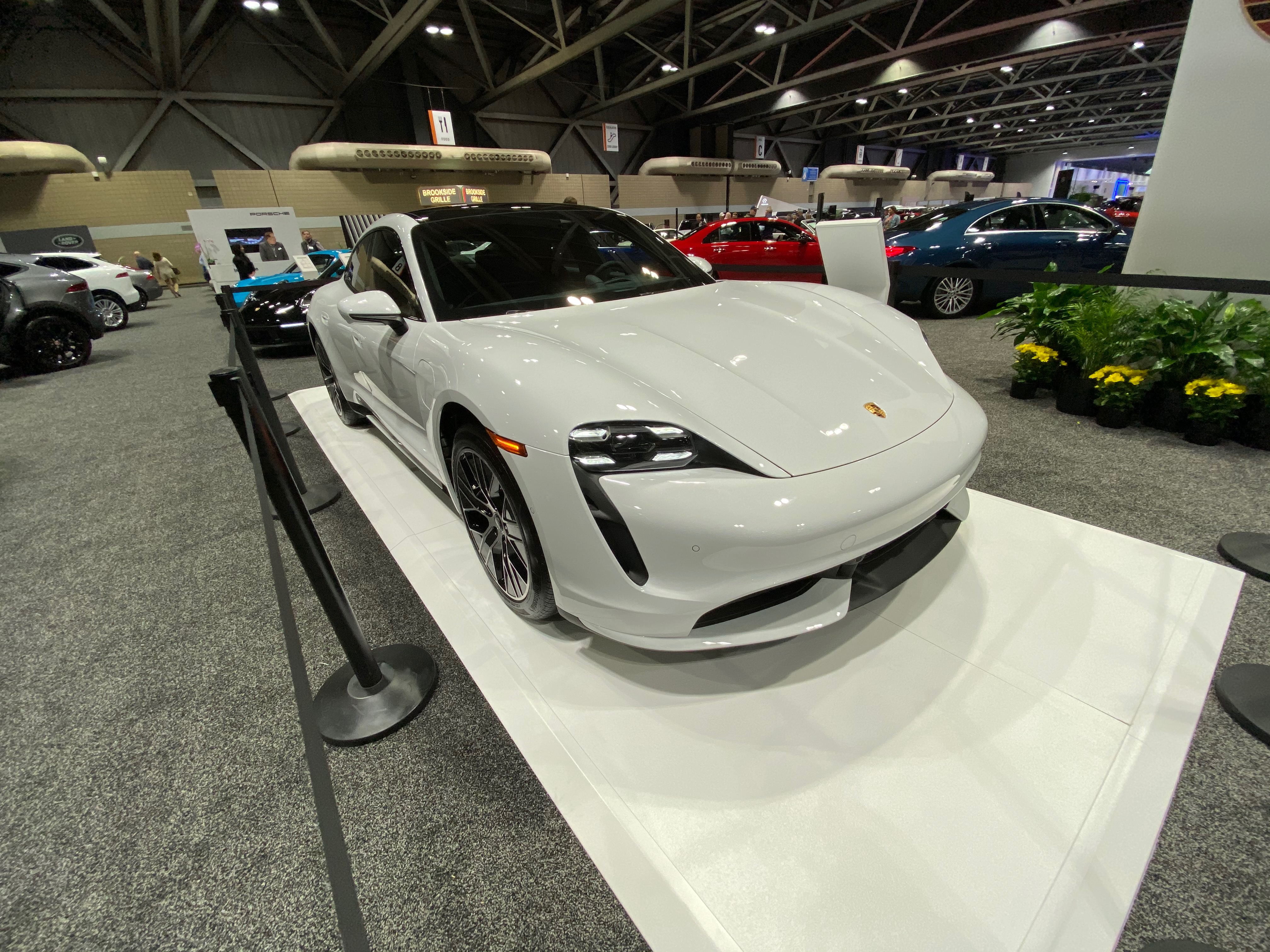
You don’t have to spend six figures to enjoy the latest technological advancements, and there are some very familiar names coming to the electric vehicle world. One of the most notable names is the Ford Mustang—sort of.
It might take a bit of convincing to get most people to see much resemblance to a Mustang in the overall shape and size. The Mach-E is essentially an SUV with just a hint of Mustang in the front and rear fascias, but it’s still decent peek into the future.
Prices on the Mach-E are expected to start at around $45,000, so it’s an accessible price point for many. Of course, well-trimmed models start at over $60,000, but with a target range of 300 miles per charge, a 0-60 MPH time of around 3.5 seconds, and easy access to over 12,500 charging stations across the country, it’s got more than its share of strong points.
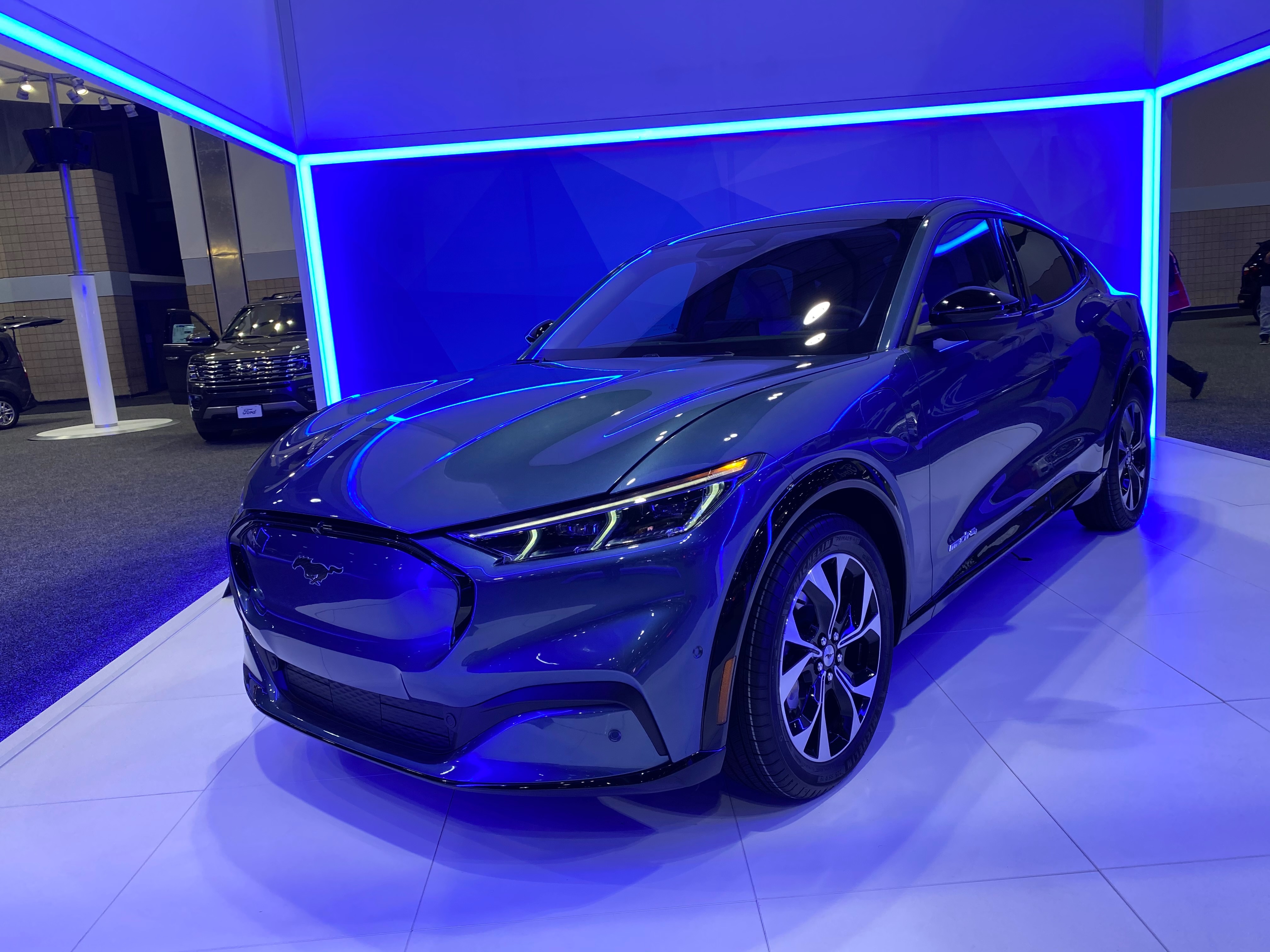
For those who prefer the easy-of-mobility and free-riding enjoyment of a motorcycle over sedans, SUVs, or sports cars, Harley-Davidson has an eco-friendly answer for you. In an effort to fully embrace the future and provide plenty of speed and enjoyment in the process, the new Harley-Davidson LiveWire is the perfect solution.
It’s missing the familiar rumble that wakes everyone in the neighborhood, but the Harley-Davidson engineers were still able to develop a sound that suits the electric motorcycle while delivering a unique sound that tells everyone you’re riding into the future. One of the bikes on display was on a roller and would constantly draw a curious crowd every time they revved it up.
The LiveWire is no slouch when it comes to performance either. For its small size, you can manage an impressive 146-mile range, and 0-60 MPH happens in around 3 seconds. You can enjoy winding back roads nearby or an extremely quick commute to work while producing zero emissions.
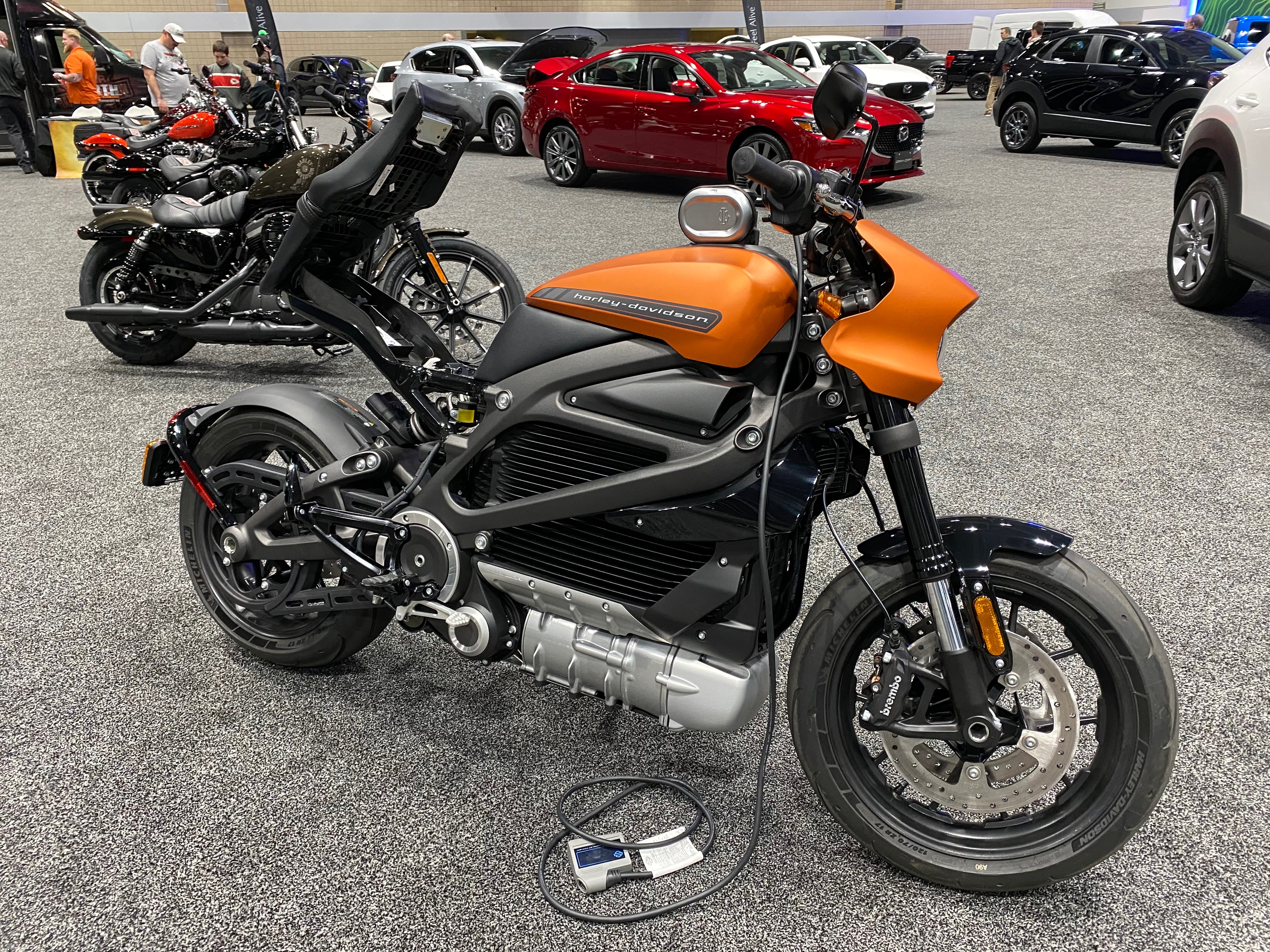
Auto manufactures and events like the Kansas City Auto Show are truly driving the industry forward with impressive technological advancements. The Auto Show “Alpha” Concept Car, with its hypothetical electromagnetic powertrain and suspension, is a prime example of the forward-thinking that will allow us all to protect the future of our environment while still delivering high smiles-per-mile driving joy.

 2020 Kansas City Auto Show is a Snapshot of Industry | Zohr
2020 Kansas City Auto Show is a Snapshot of Industry | Zohr
